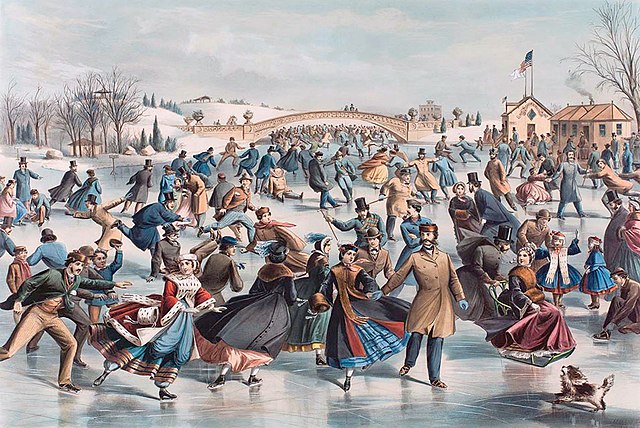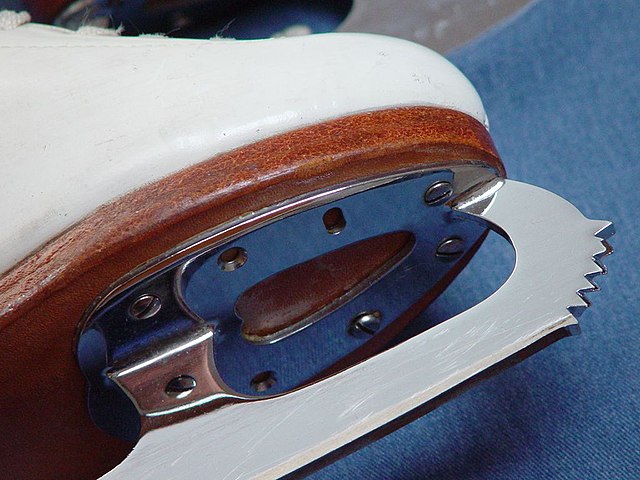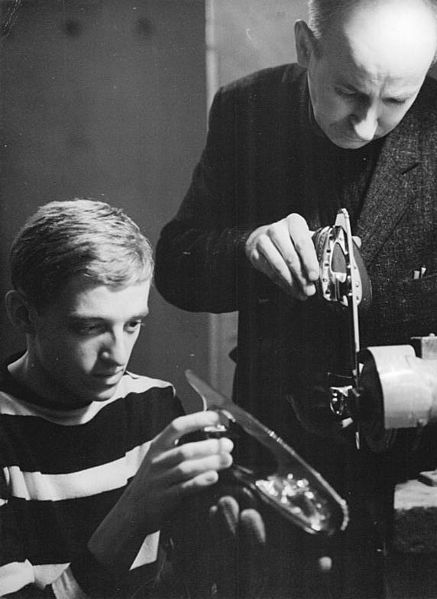The original dance (OD) was one of the programs performed by figure skaters in ice dance competitions, in which the ice dancers skated "a dance of their own creation to dance music they have selected for the designated rhythm(s)". It was normally the second of three programs in the competition, sandwiched between the compulsory dance (CD) and the free dance (FD). The rhythm(s) and type of music required for the OD changed every season, and were selected by the International Skating Union (ISU) before the start of the season. The ice dancers were free to choose their own music and choreography and to create their own routines. They were judged on a set of required criteria, including skating skills and how well they interpreted the music and the rhythm.
Tessa Virtue and Scott Moir perform their flamenco original dance, earning the highest recorded score, at the 2010 World Championships
Isabelle Delobel and Olivier Schoenfelder perform their French-inspired original dance at the 2010 Olympics
Figure skating is a sport in which individuals, pairs, or groups perform on figure skates on ice. It was the first winter sport to be included in the Olympic Games, with its introduction occurring at the 1908 Olympics in London. The Olympic disciplines are men's singles, women's singles, pair skating, and ice dance; the four individual disciplines are also combined into a team event, which was first included in the Winter Olympics in 2014. The non-Olympic disciplines include synchronized skating, Theater on Ice, and four skating. From intermediate through senior-level competition, skaters generally perform two programs, which, depending on the discipline, may include spins, jumps, moves in the field, lifts, throw jumps, death spirals, and other elements or moves.
Figure skater Yuzuru Hanyu (2019)
"Central Park, Winter: the Skating Pond", 1862 lithograph
Close-up of a figure skating blade, showing the toe picks, the hollow (groove) on the bottom of the blade, and screw attachment
Blade sharpening






